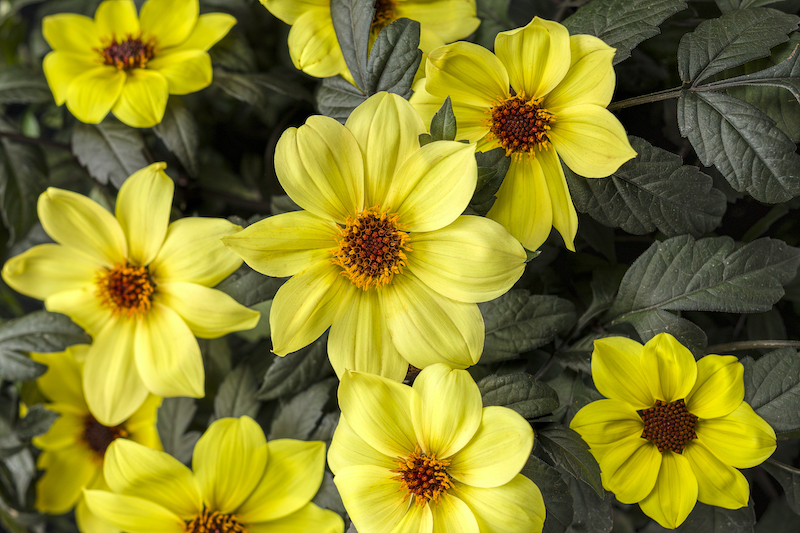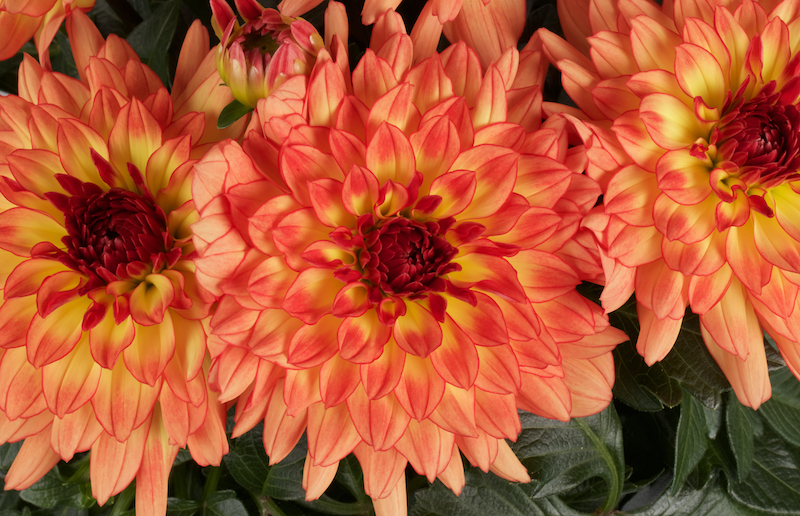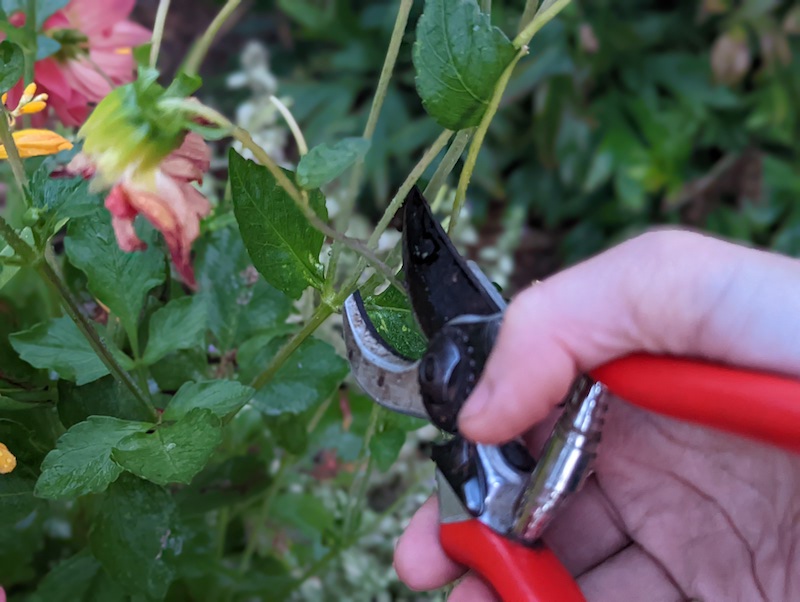Dahlias should supply your garden landscape with their signature, attention-grabbing blooms all summer long. They are fast growers, and after planting in late spring, they should begin to flower by late summer! If your Dahlia plants aren’t flowering, fertilizing is most likely the culprit. Fertilizing Dahlias can be a tricky art, but not impossible to master once you are familiar with their needs. They need fertilizer to meet their fullest potential in the garden, but they can be sensitive to over-fertilization. With proper care and a gentle touch, you should be rewarded with spectacular flowers all summer long.

Common Reasons Why Your Dahlia Isn’t Blooming
The main reason your Dahlia will struggle to bloom is unbalanced nutrition. If Dahlias aren’t being properly fertilized, they may under-produce. The ideal time to fertilize is when new growth takes off in summer; you may only have to repeat this once or twice a growing season. A sign of under-fertilization for Dahlias is few and small blooms. Another common problem with Dahlias is overproduction. If you are noticing your plant is pushing out abundant flower buds, but they are smaller and/or the color is lackluster, some pruning may be in order. Simply pinching some buds off will allow the plant to allocate limited resources to other blooms. So instead of eight small, dull flowers you end up with five bright and beautiful ones! Dahlias need 6-8 hours of direct sunlight every day. Making sure you choose a sunny spot for them in the garden will benefit their flowering potential!

Pruning Dahlias To Help Them Bloom
Pruning your Dahlia plant is an important part of ensuring it produces its best quality flowers! Deadheading, or removing the expired flowers, will create space for new flowers. It will also allow the plant to send more nutrients to younger flowers. Deadheading also helps to keep disease vectors out of your garden. A dying flower is the perfect incubation space for many common garden diseases and pests.

Fertilizing Dahlias To Help Them Bloom
All plants need the three main macronutrients to grow and thrive: nitrogen, phosphorus, and potassium. Like many flowering plants, Dahlias are sensitive to nitrogen. It will encourage the plant to grow bushy foliage, but it will hinder flower production. The ideal fertilizer for Dahlias contains a higher ratio of phosphorus and potassium to nitrogen. Look for a formula with an NPK ratio approaching 5-10-10 or 10-20-20. Fertilizing after the plants are well established will yield the best results. Planting your Dahlias in a nutrient-rich soil will allow you to fertilize less. Adding compost or manure to the soil before or after planting is a great way to gently deliver nutrients to Dahlias.
Get Dahlias To Produce More Blooms
The best thing about Dahlias is that they want to bloom. They are prolific growers and should have a long blooming season. If you experience a lull in blooming, you may have a culture problem. This is when you step back as a gardener and begin to problem solve. Perhaps you were over-fertilizing and now your plant is producing too much foliage. Perhaps trees are now shading your plants in the afternoon and your Dahlias are not receiving enough sunlight. It’s never too late to turn your plants around however!
Why Your Dahlia Isn’t Blooming
- Are your Dahlia plants getting sufficient sunlight? Remember, they need 6-8 hours of sun every day.
- Have you fertilized too little or too much?
- Have you pinched extra buds off to ensure you get the best flowers possible?
- Have you deadheaded your plants recently? Does your plant have excess dead or dying flowers?
 |
Author Chris Link - Published 01-24-2023 |
